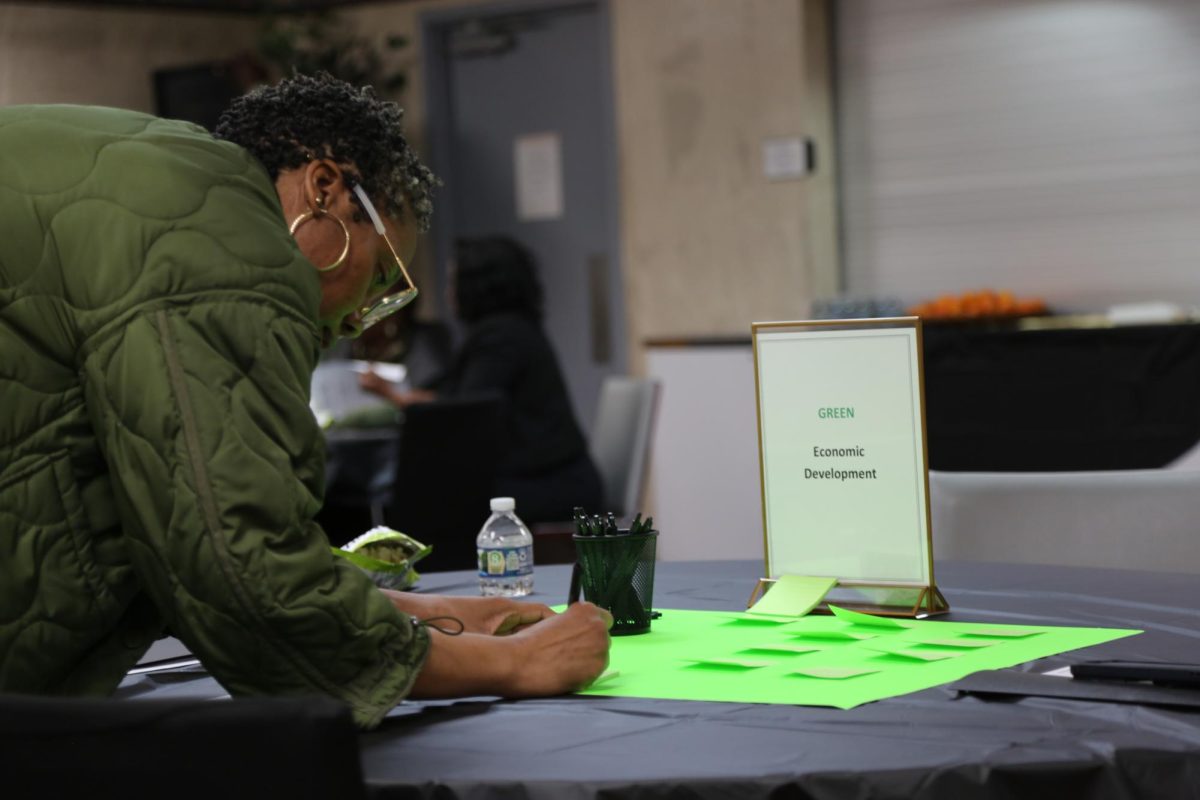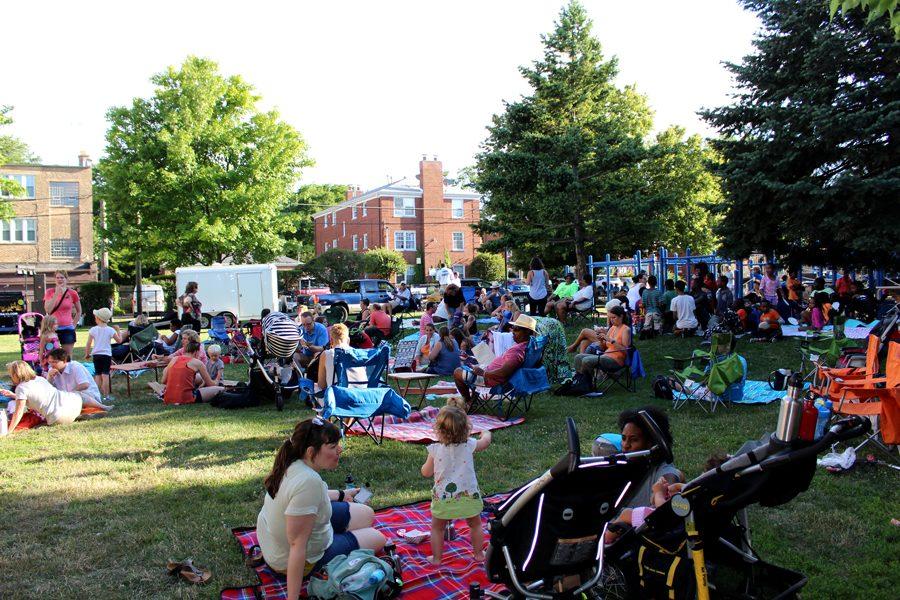When nonprofit Reparations Stakeholders Authority of Evanston reached its fundraising goal of $1 million in April, it had to make a decision: How would it allocate the funds to meet the needs of Evanston’s Black residents?
To answer this question, RSAE Operations and Engagement Manager Vanessa Johnson-McCoy set up a three-part community engagement initiative to collect feedback from Black residents.
RSAE held the initiative’s first meeting at Faith Temple Church in the 5th Ward on Monday night.
“This is how we want to do it — getting the community’s feedback, categorizing it and bringing it back to the community to see what they think about these ideas,” Johnson-McCoy said. “It’s all supposed to be community-driven.”
RSAE is separate from the city’s Reparations Committee and collects money through private donations, not city-allocated funds. This allows RSAE to support “what the Black community wants” without being bound by City Council decisions, Johnson-McCoy said.
The $1 million collected came primarily from the interfaith community in Evanston, Johnson-McCoy said. RSAE pledged that once it hit the donation goal, it would start planning how to allocate the money.
Before workshop attendees split into groups, they heard from local clergy members, Mayor Daniel Biss and community activists.
“This must be a community project,” Biss said. “What the RSAE represents is this idea that we are going to come together as a community and do all that we can collectively to repair the harm.”
After the remarks, Johnson-McCoy asked workshop attendees — those who “live, work, pray or play in Evanston” — to collaboratively identify how they want to see the reparations dollars spent in the categories of housing, economic development, educational and cultural initiatives, and health and wellness.
Fifth Ward resident Ndona Muboyayi said she hopes RSAE will use its reparations dollars to fund culture-based education in schools and for the larger community.
“I’m just trying to see if we can get some funding for cultural programs,” Muboyayi said. “So many people are not aware of our folklore and traditions.”
The education and housing categories fielded a large proportion of the recommendations from community members.
Chicago resident John Fuller said even though he no longer lives in Evanston, he felt it was his duty to help the city’s Black community shape its vision for the future. He said seeing fewer Black residents in what used to be predominantly Black neighborhoods worries him.
Fuller said that because he’s “always been an Evanstonian first,” he attended the RSAE meeting to help guide the conversation on the allocation of reparations dollars, even though they wouldn’t directly benefit him.
“We have the money,” Fuller said. “But if you have a billion dollars and nothing focused with what you’re going to do with it, it makes no sense to collect the money.”
Johnson-McCoy said her goal was to collect ideas from Black community members at the first meeting, categorize suggestions and analyze trends. At RSAE’s next meeting, she said she plans to present the feedback and work as a collective to decide next steps.
For Johnson-McCoy, the meeting marked a hopeful first step in building a reparations model shaped directly by those it intends to serve.
“This is the beginning of something great for the Black community of Evanston,” Johnson-McCoy said.
Email: [email protected]
Related Stories:
— ‘Poetic justice’: How cannabis fuels Evanston’s reparations
— Low marijuana sales hinder Evanston reparations distribution






